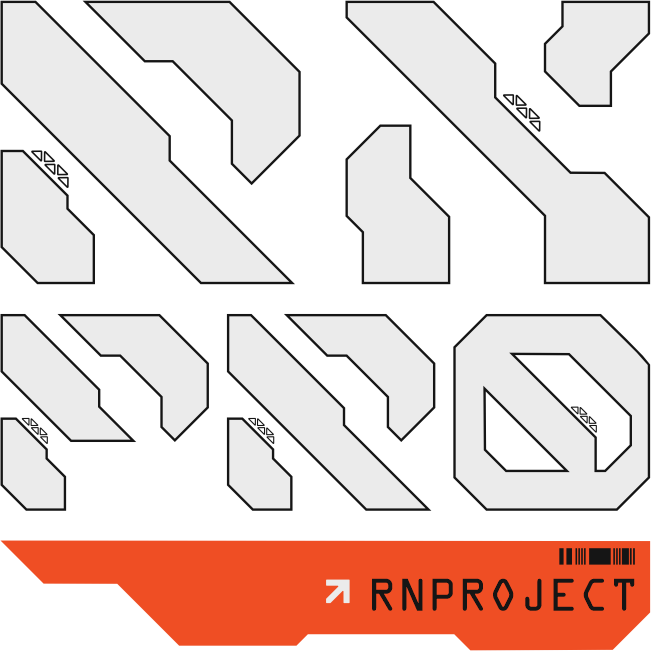It is also easy to manipulate the current ratio due to factors such as seasonal sales; the ratio can change from season to season due to fluctuations in the number of products being sold. For example, supplier agreements can make a difference to the number of liabilities and assets. A large retailer like Walmart may negotiate favorable what is my tax bracket 2021 terms with suppliers that allow it to keep inventory for longer periods and have generous payment terms or liabilities. A current ratio less than one is an indicator that the company may not be able to service its short-term debt. You can find them on your company’s balance sheet, alongside all of your other liabilities.
What Does the Current Ratio Measure?
Knowing the current ratio is vital in decision-making for investors, creditors, and suppliers of a company. The current ratio is an important tool in assessing the viability of their business interest. The current ratio is similar to another liquidity measure called the quick ratio.
Current Ratio Formula – What are Current Liabilities?
Current ratio (also known as working capital ratio) is a popular tool to evaluate short-term solvency position of a business. Short-term solvency refers to the ability of a business to pay its short-term obligations when they become due. Short term obligations (also known as current liabilities) are the liabilities payable within a short period of time, usually one year.
- Company B has more cash, which is the most liquid asset, and more accounts receivable, which could be collected more quickly than liquidating inventory.
- Accountants also often use this ratio since accounting deals closely with reporting assets and liabilities on financial statements.
- The resulting figure represents the number of times a company can pay its current short-term obligations with its current assets.
- If the inventory is unable to be sold, the current ratio may still look acceptable at one point in time, even though the company may be headed for default.
- Our writing and editorial staff are a team of experts holding advanced financial designations and have written for most major financial media publications.
- The current ratio is calculated by dividing the value of a company’s tangible assets by the value of its liabilities.
What is your risk tolerance?
A current ratio of less than 1.00 may seem alarming, although different situations can negatively affect the current ratio in a solid company. It can have a significant impact on how traders and investors see a company, which means the ratio can influence the share price. A high current ratio could have a positive effect on share prices, while a low current ratio could cause stock prices to drop.
Current ratio is a number which simply tells us the quantity of current assets a business holds in relation to the quantity of current liabilities it is obliged to pay in near future. Since it reveals nothing in respect of the assets’ quality, it is often regarded as crued ratio. The current ratio (also known as the current asset ratio, the current liquidity ratio, or the working capital ratio) is a financial analysis tool used to determine the short-term liquidity of a business. It takes all of your company’s current assets, compares them to your short-term liabilities, and tells you whether you have enough of the former to pay for the latter.
Company A has more accounts payable, while Company B has a greater amount in short-term notes payable. This would be worth more investigation because it is likely that the accounts payable will have to be paid before the entire balance of the notes-payable account. Company A also has fewer wages payable, which is the liability most likely to be paid in the short term. To calculate the ratio, analysts compare a company’s current assets to its current liabilities. For example, if a company has $100,000 in current assets and $150,000 in current liabilities, then its current ratio is 0.6.
The current ratio reflects a company’s capacity to pay off all its short-term obligations, under the hypothetical scenario that short-term obligations are due right now. The Current Ratio is a measure of a company’s near-term liquidity position, https://www.kelleysbookkeeping.com/ or more specifically, the short-term obligations coming due within one year. It’s ideal to use several metrics, such as the quick and current ratios, profit margins, and historical trends, to get a clear picture of a company’s status.
With that said, the required inputs can be calculated using the following formulas. Discover https://www.kelleysbookkeeping.com/online-banking-lending-built-around-you/ if this is the right career path for you with a free Forage job simulation.
